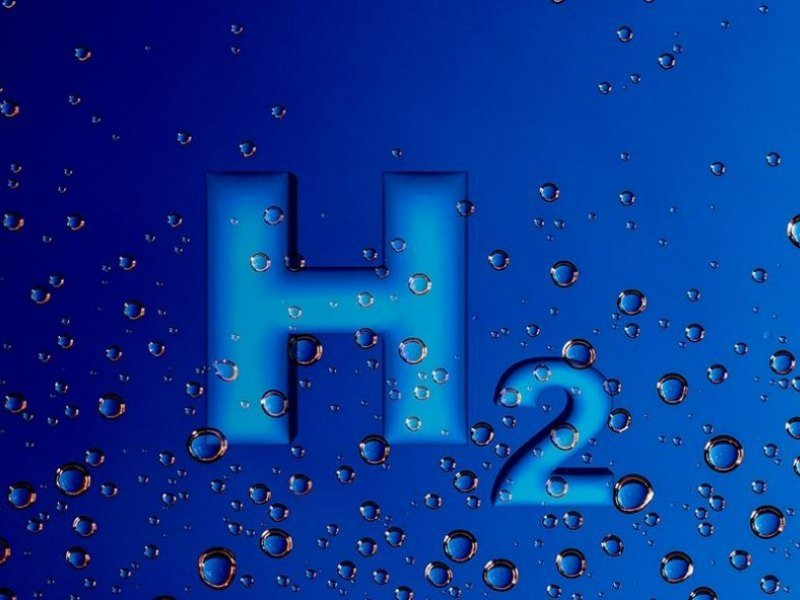Consultation on a Western Australian target for electricity production from green hydrogen has kicked off with state-funded modelling suggesting the production cost of green hydrogen is unlikely to hit $2 per kilogram before 2040.
When implemented, this would require “electricity retailers and potentially large users to purchase a portion of their electricity from hydrogen-fueled generation”. The design of the target is expected to be finalised by 2023 and be applied to the South-West Interconnected System (SWIS), the state’s main grid.
The target builds on the state’s ambition to become a major producer, exporter, and user of renewable hydrogen, as outlined in its renewable hydrogen strategy. Its main objective is to create demand for Western Australian produced renewable hydrogen and catalyse industry development.

“A Renewable Hydrogen Target for electricity generation is also likely to have strong signaling benefits to both investors and other stakeholders regarding delivery of a renewable hydrogen industry,” the paper reads.
The consultation paper was released on Thursday by Energy Policy WA, which is also seeking feedback on the introduction of a Renewable Hydrogen Electricity Generation Certificate scheme. This would facilitate a renewable hydrogen market by creating tradable certificates based on the capacity of electricity generated by renewable hydrogen.
Consultation closes on November 10, 2022 with an online forum to be held on October 25.
The consultation paper includes cost modelling by consultancy group ACIL Allen, which expects the median production cost of renewable hydrogen to be $4.71 per kilogram in 2030 and $3.52 per kilogram in 2040.
It also expects the median production cost to be $6.60 per kilogram at the point of the scheme’s proposed commencement in 2024. These prices do not include transportation or storage costs.
This falls short of the previous federal government’s stretch goal of reducing the cost of clean hydrogen to $2 per kilogram. Clean hydrogen includes the use of natural gas and coal-gasification production of hydrogen while using carbon capture and storage to mitigate greenhouse gas emissions.
CSIRO is also supportive of the aim to get the cost of hydrogen to under $2 per kilogram and officially launched a national industry mission in May 2021 to galvanise government, industry, and research.
It also falls short of analysts’ claims, as published by commodity market analysis firm S&P Global in 2021, that the cost of green hydrogen could hit $2 per kilogram around 2030.
In March 2022, Wollongong University spin-out Hysata published research on hydrogen electrolyser technology that would enable the production at costs “well-below” $2 per kilogram. The firm’s chief executive also claimed that it would enable “hydrogen production of below US$1.50 [AU$2.40] per kilogram by the mid-2020s”.
To estimate the scale of hydrogen production, hypothetical Renewable Hydrogen Targets of 1 per cent, 5 per cent, and 10 per cent of electricity generation were considered. By financial year 2030, these scenarios would require the production of 16, 80, and 131 tonnes of hydrogen per day respectively. By financial year 2050, this would grow to 25, 124, and nearly 260 tonnes of hydrogen per day respectively.
There are currently no operational commercial-scale renewable hydrogen projects in the state. However, there are a range of green hydrogen projects in development across the state.
This notably includes the Asian Renewable Energy Hub in the Pilbara, which will use 26GW of renewable power to produce an expected maximum of 1.6 million tonnes of green hydrogen annually, or around 4,400 tonnes per day. Outputs from this facility are intended for export.
Meeting the three speculative hydrogen production targets would also ramp up demand for electrolysers, which is also modelled in the consultation paper.
“This analysis suggests in the 1 per cent scenario electrolyser capacity would build to an estimated 90MW by FY30, rising to 120MW by 2050…Electrolyser requirement increases significantly in the 5 per cent scenario, with 450MW of capacity required by FY30 and 600 by FY50. And as expected the scale increases again in the 10 per cent scenario, with 720MW of capacity by FY30 and 1,200MW by 2050,” the paper reads.
For reference, the world’s largest electrolyser manufacturing facility, currently under development in Gladstone, Queensland will have an initial annual electrolyser capacity of 2GW. Fortescue Future Industries expects the facility to be operational in early 2023.
Earlier this year, the government announced that state-owned electricity company Synergy would commit $3.8 billion by 2030 to build green energy infrastructure connected to the SWIS, as it phases out its coal-fired power stations.
Do you know more? Contact James Riley via Email.

